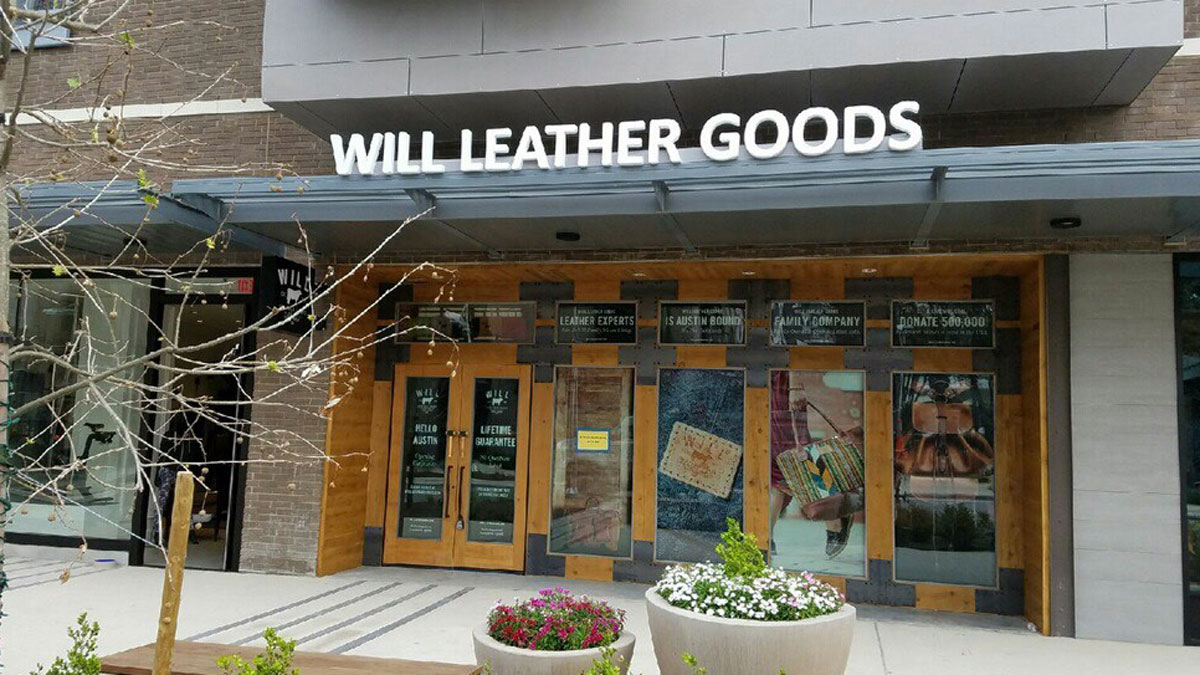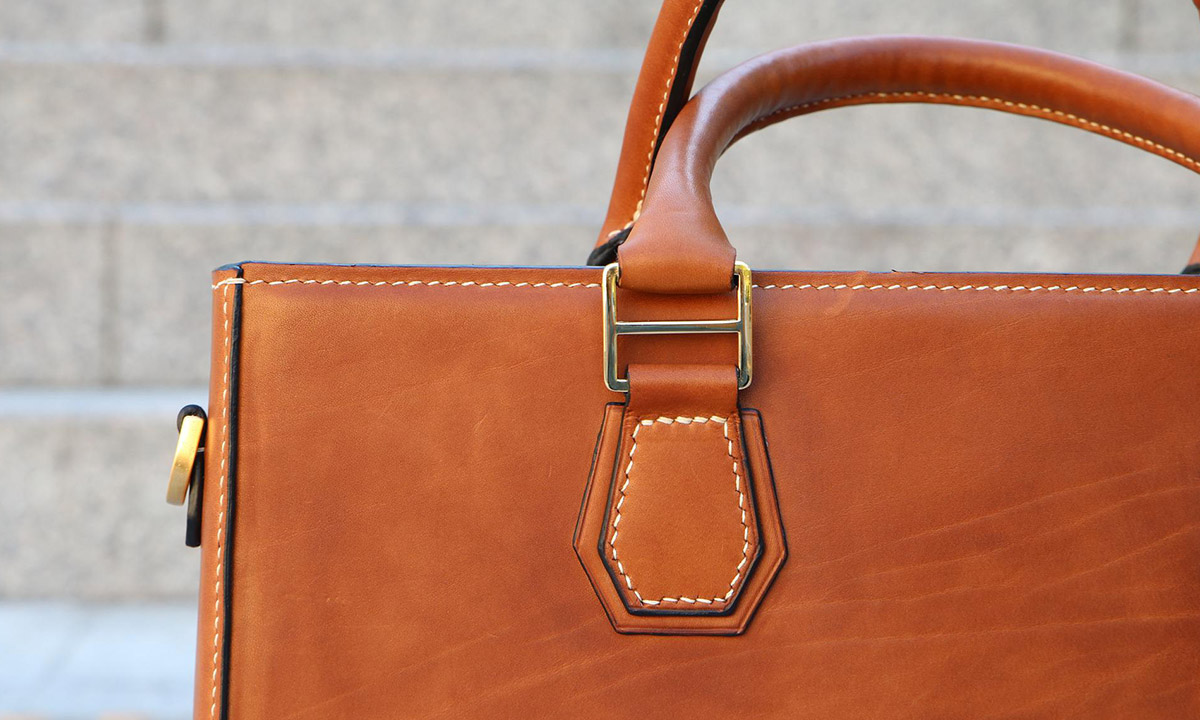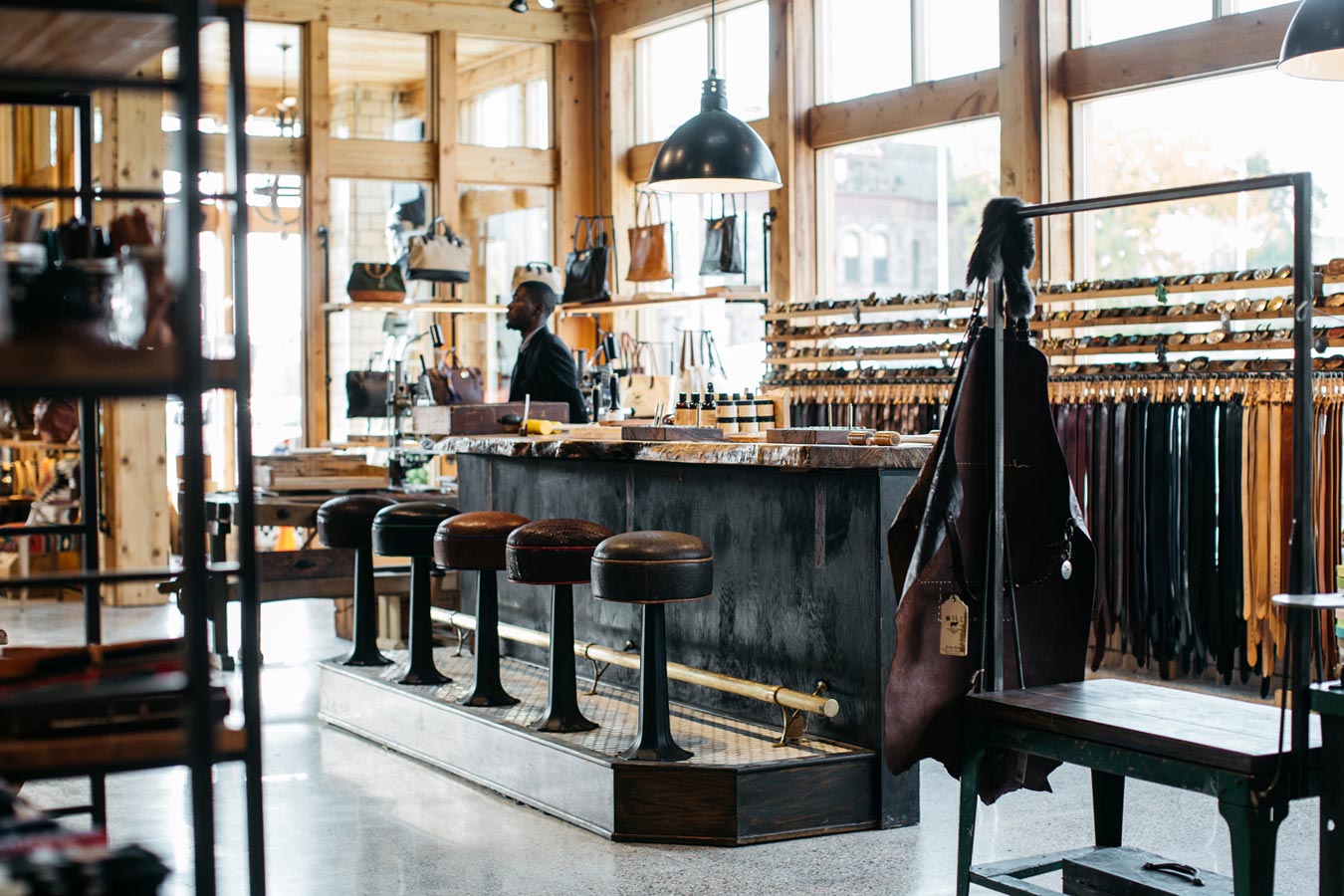Will Leather Goods blends Oregon design with global manufacturing. While born in Eugene, its products are crafted in the USA, Mexico, and Asia using globally sourced materials.

Table of Contents

- The Heart of the Brand: An Oregon Origin Story
- What is the Global Footprint of Will Leather Goods Production?
- How Does Material Sourcing Influence Quality?
- The Enduring Oregon Ethos in Every Product
- What Defines the Quality of a Will Leather Goods Piece?
The Heart of the Brand: An Oregon Origin Story
To understand where Will Leather Goods are made, one must first appreciate where the brand was born. The company’s identity is inextricably linked to its founder’s vision and its deep roots in the Pacific Northwest. This foundation in Eugene, Oregon, informs every aspect of the brand, from design philosophy to its rugged, timeless aesthetic, even as its production has expanded globally.

Who is William Adler? The Visionary Founder
The story of Will Leather Goods is the story of its founder, William Adler. Hailing from a family deeply embedded in the Detroit fashion scene, Adler’s path was paved with creative and entrepreneurial spirit. His father and brother founded the iconic belt company, J.J. Belt, giving him an early education in craftsmanship and the leather trade. In 1981, Adler branched out, founding a small belt stand in Venice Beach, California, which quickly grew into a leading brand for major retailers.
However, it was his move to Eugene, Oregon, that catalyzed the creation of the brand we know today. Inspired by the state’s natural beauty and independent spirit, Adler sought to create something authentic and lasting. He established a company that reflected his values: quality, artistry, and a connection to heritage. His vision was not just to sell products but to offer pieces that would tell a story and travel through generations.
From Eugene with Love: The Birth of a Legacy
Eugene, Oregon, is the undisputed birthplace and spiritual home of Will Leather Goods. It was here, in 1992, that Adler laid the groundwork for the brand. The initial focus was on creating classic, durable leather belts and bags that embodied the rugged elegance of the region. The company’s early days were characterized by local production and a hands-on approach, cementing its reputation as a quintessential Oregon brand.
The company’s ethos was built on the idea of creating “bags for a lifetime of discovery.” This philosophy resonated with a customer base that valued authenticity over fleeting trends. The Oregon identity—its forests, coastlines, and pioneering culture—was woven into the very fabric of the brand’s DNA, influencing designs that are both functional and rich with character.
What is the Global Footprint of Will Leather Goods Production?
The most direct answer to “Where are Will Leather Goods made?” is a complex one. The brand employs a global manufacturing strategy, combining American design and oversight with international production capabilities. This approach allows the company to balance quality, scalability, and access to specialized skills from around the world. While the heart remains in Oregon, the hands that craft the products are located across several continents.
A Blend of Domestic and International Craftsmanship
Initially, a significant portion of production was based in the United States, particularly in Oregon. As the brand grew in popularity and scale, maintaining exclusively domestic production became a challenge. To meet demand and access a wider range of artisanal skills, Will Adler cultivated relationships with workshops and factories overseas.
This hybrid model means that while the creative direction, prototyping, and core business functions are managed from the U.S., the physical assembly of many products takes place elsewhere. It is a pragmatic solution that allows the brand to offer a diverse range of products while striving to maintain the quality standards established in its early days.
Manufacturing Beyond Borders: Where Are Products Assembled?
Will Leather Goods’ production is distributed across several key locations. Each site is chosen for its specific expertise, whether in leather tanning, stitching, or metalwork. This diversification is central to the company’s operational framework.
| Location | Role in Production |
|---|---|
| United States (Oregon) | Design, prototyping, corporate headquarters, and limited production of certain collections. The brand’s creative soul. |
| Mexico | Known for its rich history of leather craftsmanship (marroquinería). Factories here handle intricate leatherwork and assembly for many bags and accessories. |
| China & Southeast Asia | Leveraged for larger-scale production runs and access to advanced manufacturing technologies. These facilities are selected for their ability to execute complex designs consistently. |
Why a Global Supply Chain? The Rationale Behind the Strategy
The decision to adopt a global supply chain is driven by several factors. First is scalability; as a small Oregon-based operation grows into an internationally recognized name, production capacity must expand. Partnering with established international factories provides this capability. Secondly, different regions offer unique artisanal skills and material specializations that are not always available domestically. For instance, specific tanning or weaving techniques may be perfected in a particular part of the world. Finally, managing costs is a practical consideration for any business, allowing the brand to offer its products at a specific market position.
A Commitment to Timeless Craftsmanship
For enthusiasts who value the principles of enduring quality and superior materials, the spirit of American craftsmanship lives on. Brands like Beldtura Leather champion the use of full-grain leather and meticulous, handcrafted techniques to create accessories built to last a lifetime. Each piece tells a story of dedication to the craft, echoing the very values that discerning customers seek. If you appreciate heritage-quality goods, discover the collection of wallets, bags, and belts that honor this tradition.
How Does Material Sourcing Influence Quality?
The quality of any leather product begins with its raw materials. Will Leather Goods has built its reputation on using high-caliber, full-grain leathers and other unique materials. The sourcing process is as global as its manufacturing, with a focus on finding the best hides and textiles for each specific product line.
Sourcing the Finest Hides: A Worldwide Quest
The company sources its leather from some of the world’s most renowned tanneries. This includes vegetable-tanned, full-grain leathers from Italy, known for their rich patina and durability, as well as hides from Argentina and other parts of the Americas. Each type of leather is selected for its unique characteristics—be it the softness of lambskin for a jacket lining or the ruggedness of cowhide for a travel duffel. This careful selection ensures that the final product not only looks good but is also built to withstand the rigors of daily use.
The Commitment to Found Materials and Sustainability
A unique aspect of the Will Leather Goods philosophy is its use of found materials. The brand has created collections using reclaimed or repurposed items, such as vintage postal bags, military fabrics, and heritage textiles from around the world. This practice, known as the “Found” collection, gives new life to old materials and infuses each piece with a distinct history. It reflects a commitment to sustainability and storytelling, setting the brand apart from mass-market producers.
The Enduring Oregon Ethos in Every Product
Despite a globalized production process, the soul of Will Leather Goods remains firmly planted in Oregon. The brand’s identity, design language, and core values continue to be shaped by the Pacific Northwest, ensuring that every piece carries a piece of its origin story.
Design and Inspiration: Forever Rooted in the Pacific Northwest
The design studio in Oregon is where the magic begins. Inspired by the natural landscapes, adventurous spirit, and historical legacy of the American West, the creative team develops products that are both classic and functional. The aesthetic is often described as rugged, authentic, and timeless. This consistent design ethos ensures that whether a bag is assembled in Mexico or Asia, it is unmistakably a Will Leather Goods product, conceived and perfected in Oregon.
Is Will Leather Goods Still Considered an “Oregon Brand”?
Yes, absolutely. A brand’s identity is defined by more than just the location of its factories. It is determined by its history, its founder’s vision, its design headquarters, and the culture it represents. Will Leather Goods was born from the Oregon soil, and its narrative is a classic American tale of entrepreneurial spirit. The company’s headquarters, creative direction, and brand story are all deeply Oregonian, making it a true ambassador for the state’s legacy of craftsmanship and independence.
What Defines the Quality of a Will Leather Goods Piece?
Ultimately, for the consumer, the most important question is about quality. The “Made In” label tells only part of the story. The true measure of a product lies in its materials, construction, design, and the company’s confidence in its longevity.
Beyond the “Made In” Label: A Focus on Durability and Design
The brand emphasizes that quality is a result of a holistic process. It starts with a thoughtful design in Oregon, continues with the selection of premium leathers from around the world, and culminates in assembly by skilled artisans, regardless of their location. The focus is on creating a durable, functional, and beautiful product that will age gracefully and develop a unique patina over time. The sturdiness of the stitching, the quality of the hardware, and the thoughtful interior organization are all hallmarks of their commitment to the end user’s experience.
The Lifetime Guarantee: A Testament to Confidence
Perhaps the strongest indicator of the brand’s commitment to quality is its lifetime guarantee. Will Leather Goods stands behind its products, offering to repair or replace items that fail due to material or manufacturing defects. This guarantee demonstrates a profound confidence in their global production partners and the materials they use. It shifts the conversation from where a product is made to how well it is made, assuring customers that their investment is protected for the long haul.



